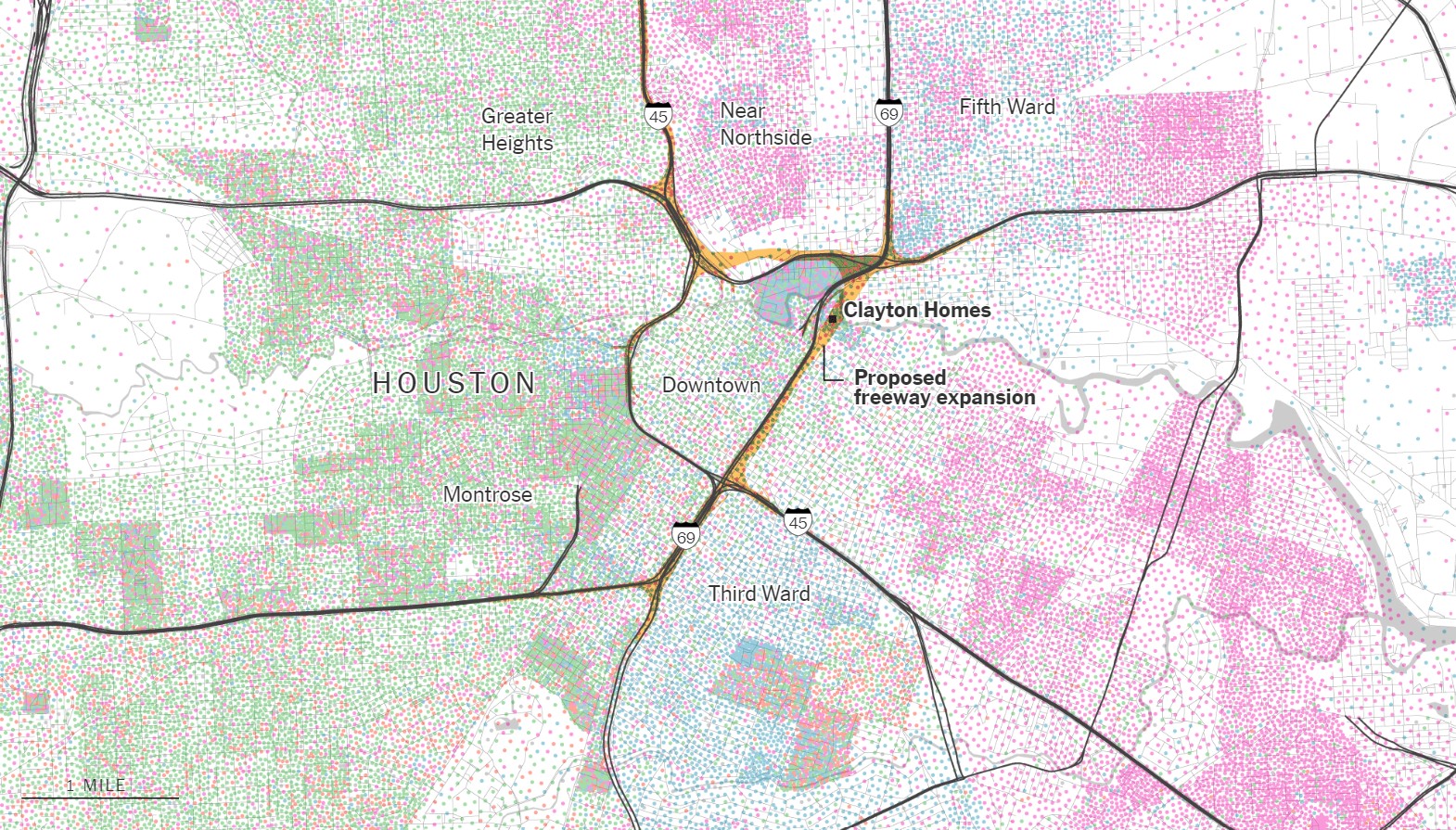
New York Times (Opinion)
Important Note: AllSides provides a separate media bias rating for the The New York Times news pages.
This page refers to The New York Times opinion page, including op-ed writers and the Editorial Board. The Editorial Board’s bias is weighted, and affects this bias rating by roughly 60%. Not all columnists for the New York Times display a left bias; we rate many individual writers separately (see end of this page). While there are some right-leaning opinion writers at the Times, overall the opinion page and Editorial Board has a strong Left bias. Our media bias rating takes into account both the overall bias of the source’s editorial board and the paper’s individual opinion page writers.
Since the mid-20th century, urban highway construction has worked as a powerful tool to segregate American cities and demolish communities of color. These imposing roadways served as a physical barrier to reinforce racist policies like redlining. As a result, walls of concrete and veils of smog and pollution grew to separate Black and brown communities from white.
Although government-led segregation is usually discussed as history, in the communities divided by these roads, considerable public health impacts persist. Increased investment in urban highways threatens to inflict further harm. In Houston, the expansion would demolish the Clayton Homes and displace many more residents from the historic Black and Latino neighborhoods of Near Northside and Independence Heights — all despite decades of evidence that widening highways does little to relieve congestion.










